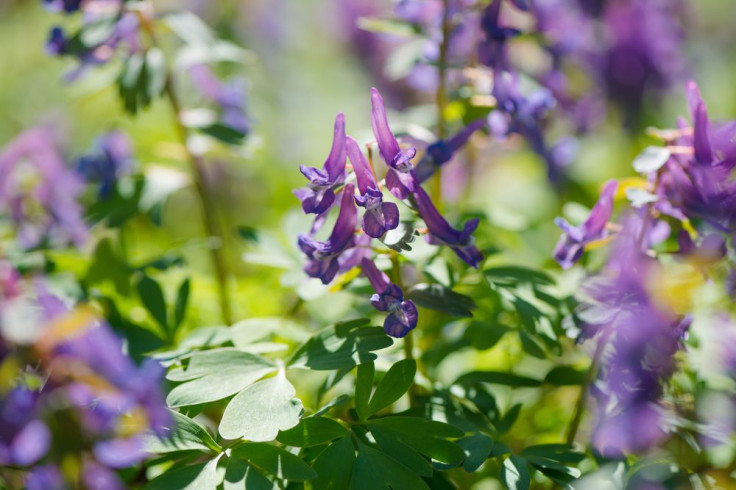Chinese Poppy Plant, Corydalis, Works For Chronic Pain

A plant used in traditional Chinese medicine could soon become part of conventional drug design, according to a new study. With some reverse pharmacology, researchers from the University of California have shown that a centuries-old staple of alternative therapy may harbor a compound capable of suppressing chronic pain. The discovery could inspire new treatment strategies in an area of care where mainstream medication often fails.
Although your local pharmacy’s glossy inventory hardly suggests a shortage of analgesics, most of these drugs only work against immediate or inflammatory pain. People living with long-term, low-intensity pain have for this reason turned to other solutions, such as alternative medicine. Success stories abound — however, with insufficient scientific evidence and methods of action that are not properly mapped, these therapies rarely make it onto U.S. prescription pads.
Corydalis and Chronic Pain
The new study, which is published in the journal Current Biology, sought to quantify the effect of the plant Corydalis — a traditional Chinese remedy that has been used to treat headaches, back pain, and other ailments for centuries. The authors theorized that, by illuminating a scientific method of action, it may be possible to boost the alternative drug’s legitimacy and offer a brand new recourse to an often marginalized group of patients. "We have good pain medications for acute pain: codeine or morphine, for example," Olivier Civelli, a professor at the University of California, Irvine, and senior author of the study, said in a press release. "We have pain medication for inflammatory pain, such as aspirin or acetaminophen. We do not have good medications for chronic pain.”
Using the chemical behavior of morphine as a template, the team set out to identify Corydalis compounds involved in established pain-relief processes. They found that dehydrocorybulbine (DHCB), an agent isolated from the root of the plant, had a positive effect on the three primary types of human pain — acute, inflammatory, and chronic/neuropathic pain. "We landed on DHCB but rapidly found that it acts not through the morphine receptor but through other receptors, in particular one that binds dopamine," Civelli explained.
Understanding Alternative Medicine
The current study is part of the so-called “herbalome,” an ongoing effort to map and catalogue the curative effects of traditional Chinese medicine. Aside from diversifying current treatment programs, these projects also stand to temper the current debate surrounding the legitimacy of alternative medication. As a scientifically validated drug mechanism slowly comes into view, opponents of these therapies may be less inclined to dismiss them as nonsense.
That said, it is important to remember that, from a scientific standpoint, “alternative medicine” is something of a misnomer, as it suggests that these therapies can be substituted for conventional medicine. In terms of policy, this is not true. The epithet “alternative” refers to the unscientific process by which the therapy is derived — not the method of action on which its curative effect relies. For this reason, it is extremely important that a patient talks to her doctor before complementing or substituting any prescribed treatment with holistic options.
Still, the results of the current study suggest that DHCB could one day cross over into mainstream medicine. "Our study reports the discovery of a new natural product that can relieve pain," Civelli told reporters. "This analgesic acts in animal assays against the three types of pain that afflict humans, including acute, inflammatory, and neuropathic or chronic pain."
Source: Zhang Y, Wang C, Wang L, et al. A Novel Analgesic Isolated from a Traditional Chinese Medicine. Current Biology. 2014.



























